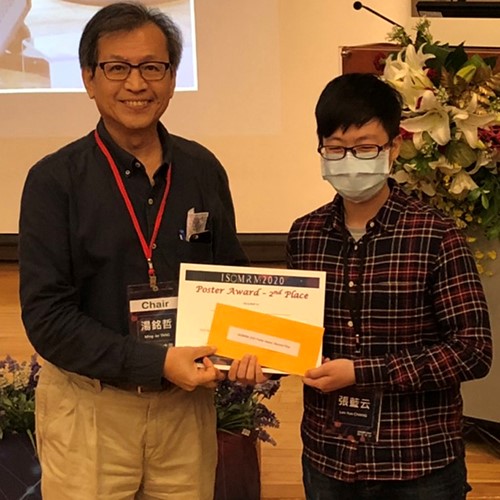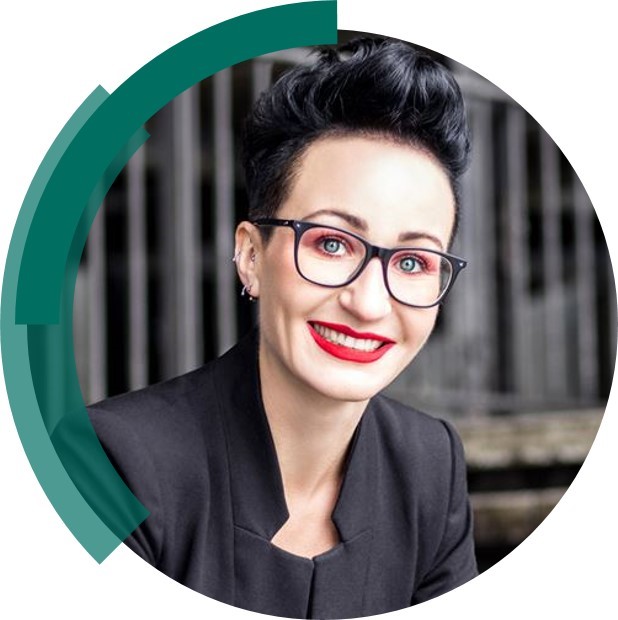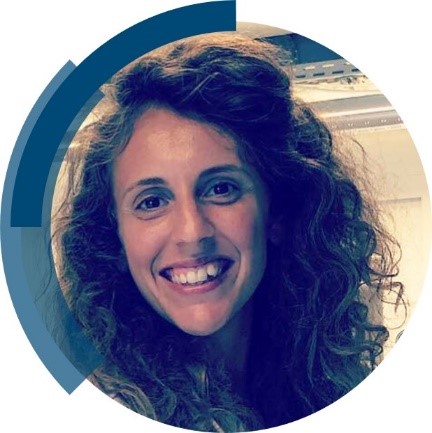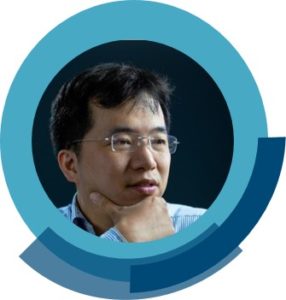Outstanding Reviewers for Journal of Materials Chemistry A in 2019
We would like to highlight the Outstanding Reviewers for Journal of Materials Chemistry A in 2019, as selected by the editorial team, for their significant contribution to the journal. The reviewers have been chosen based on the number, timeliness and quality of the reports completed over the last 12 months.
We would like to say a big thank you to those individuals listed here as well as to all of the reviewers that have supported the journal. Each Outstanding Reviewer will receive a certificate to give recognition for their significant contribution.
Dr Shannon A. Bonke, Max-Planck-Institut fur chemische Energiekonversion, ORCID: 0000-0002-3285-4356
Professor Pieremanuele Canepa, National University of Singapore
Professor Hongzheng Chen, Zhejiang University
Dr Xun Cui, South-Central University for Nationalities, ORCID: 0000-0003-4486-7397
Dr Yongzhu Fu, Zhengzhou University, ORCID: 0000-0003-3746-9884
Dr Prashun Gorai, Colorado School of Mines, ORCID: 0000-0001-7866-0672
Professor Jaehyun Hur, Gachon University, ORCID: 0000-0003-1604-6655
Dr Uros Lacnjevac, Univerzitet u Beogradu Institut za multidisciplinarna istrazivanja, ORCID: 0000-0002-8851-3796
Dr Jung-Ho Lee, Hanyang University, ORCID: 0000-0002-6731-3111
Dr Fengyu Li, Inner Mongolia University School of Physical Science and Technology
Dr Yafei Li, Nanjing Normal University
Dr Yawei Li, Pennsylvania State University
Dr Tianyu Liu, Virginia Polytechnic Institute and State University, ORCID: 0000-0002-8716-749X
Dr Xue Feng Lu, Nanyang Technological University, ORCID: 0000-0003-2154-2223
Dr D.Y. Luan, Nanyang Technological University
Professor Hui Pan, University of Macau, ORCID: 0000-0002-6515-4970
Dr Taiho Park, Pohang University of Science and Technology
Professor Seung Uk Son, Sungkyunkwan University
Dr Zhaoning Song, The University of Toledo, ORCID: 0000-0002-6677-0994
Dr Chenghua Sun, Swinburne University of Technology
Dr Joachim Vollbrecht, University of California Santa Barbara, ORCID: 0000-0002-0001-6913
Dr Guanxiong Wang, National Renewable Energy Laboratory, ORCID: 0000-0001-9121-1126
Dr Yi Wang, Donghua University, ORCID: 0000-0003-2904-6021
Professor Bing Wang, Georgia Institute of Technology
Dr Yu Xie, Jilin University, ORCID: 0000-0002-7782-5428
Dr Mei Yang, Nanjing University of Science and Technology, ORCID: 0000-0003-2661-5188
Dr Xu Zhang, Nankai University
Dr Meng Zhang, Shandong University
Dr Bote Zhao, Georgia Institute of Technology, ORCID: 0000-0003-1236-6862
Dr Shiqiang Zhao, Shandong University
We would also like to thank the Journal of Materials Chemistry A board and the materials chemistry community for their continued support of the journal, as authors, reviewers and readers.
If you would like to become a reviewer for our journal, just email us with details of your research interests and an up-to-date CV or résumé. You can find more details in our author and reviewer resource centre.
Comments Off on Outstanding Reviewers for Journal of Materials Chemistry A in 2019


















